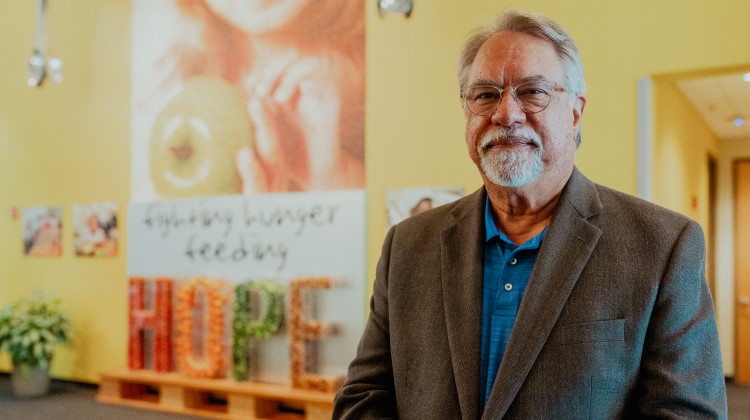
Growing up as one of five kids in a steel town in Pennsylvania, I came home from school every day to a dinner table piled high with my mom’s cooking: meatloaf, green beans, steaming-hot mashed potatoes – the works.
But one day, dinner wasn’t there.
Thinking it was a joke, I asked, “Where’s the food?” My mom told me, “Eat what’s in front of you, and go do your homework.” That night, my dinner was a silver can of USDA peanut butter, saltines and a glass of water.
Before long, things went back to normal, and we started having our family dinners again, but I never forgot that day. My parents never talked about it. It wasn’t until a few years ago that I learned workers at my dad’s steel company had gone on strike, and we just didn’t have enough of a cushion in the household budget to make ends meet.
I learned a lesson that I’ve carried with me all these years: You don’t realize how important good, fresh, healthy food is until it’s gone. When that happens, you’re not just going to sleep hungry – you’re losing the security and the comfort of having enough to eat. Sometimes that lasts for a few weeks, like until Dad’s steel factory reopened. Sometimes it lasts a lifetime.
When I took leadership of Second Harvest Food Bank in 2004, I knew that our biggest challenge wasn’t just getting food to the families who needed it. It was in reevaluating the way we look at food and the “face” of what we imagine hunger looks like.
Through hurricanes, recessions and the long haul of the pandemic, we’ve kept that goal at the forefront. Today, Second Harvest is Central Florida’s largest hunger-relief network, serving more than 250,000 meals to our six-county service area every day. That happens in classrooms and shelters, grocery drop-offs and home deliveries to seniors.
Each meal means one more person who doesn’t have to worry about what their kids will eat for dinner, or one more person who doesn’t have to choose between buying groceries or life-saving prescription medication. It goes without saying that none of what we’ve achieved would have been possible without the immense, awe-inspiring outpouring of support we’ve seen from the members of our community.
Almost two decades after taking the helm of this organization, I can pass the torch to Second Harvest’s next leader, Derrick Chubbs, with the confidence that we’ve come a long way. But as I look back on my career, I know our work still isn’t done.
Having enough to eat is a determining factor for lifelong health, both physical and mental. It’s a predictor of success in school, success at work and earning potential. Even in the short term, eating nutritious, fresh food can make the difference in whether someone gets readmitted to the hospital or whether they recover safely at home.
To end hunger in Florida, we need to work systemically with organizations at all levels of the food chain, from farmers to healthcare providers. After all, hunger isn’t an isolated problem. It’s interconnected with key issues like affordable housing, public transportation, access to healthcare, nutrition and education. Perhaps most critically, we’re still dragged down by stigma and misconceptions about what hunger looks like and who it impacts.
Whether you realize it or not, chances are that you do know someone who lives with food insecurity – whether it’s a colleague, a neighbor, a friend, a child’s classmate or the person standing behind you in the grocery checkout aisle. Hunger is something that people of all ages, of all backgrounds, in all neighborhoods, can face through no fault of their own. But when they do, we will be there to help.
This may be the end of my professional path, but I’m far from finished advocating for others.
I will continue to stand beside Derrick, Second Harvest and its network of 500+ community- pantries to feed hope – and I ask that you join me. By volunteering, donating or just spreading the word about food insecurity in our community, every single person can be a part of the fight to end hunger.


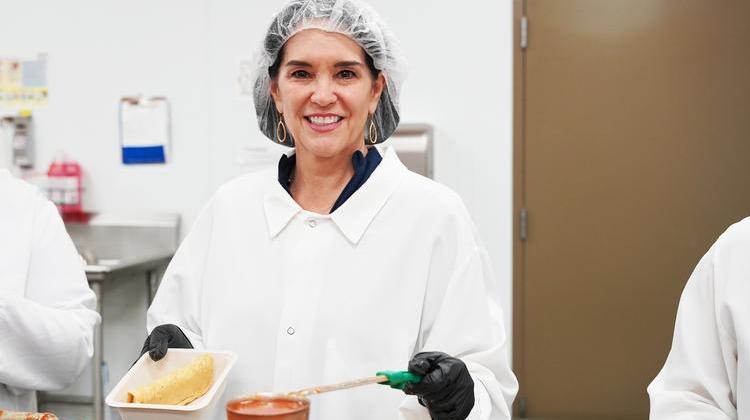
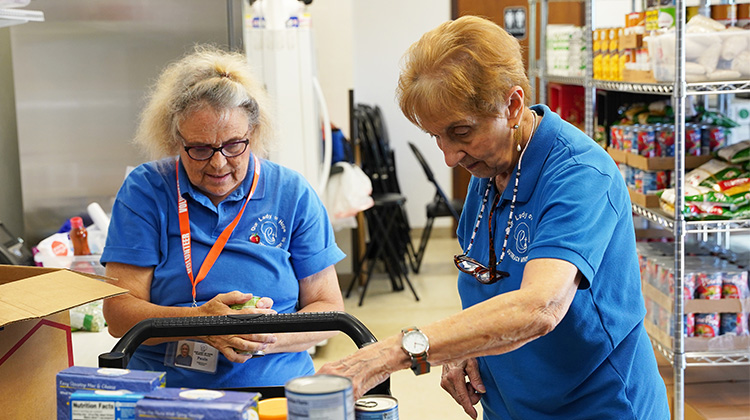
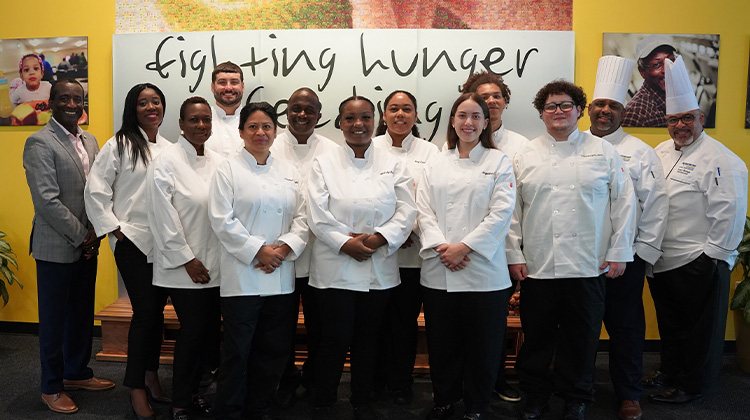
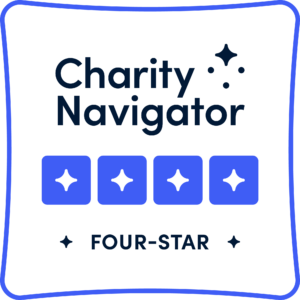

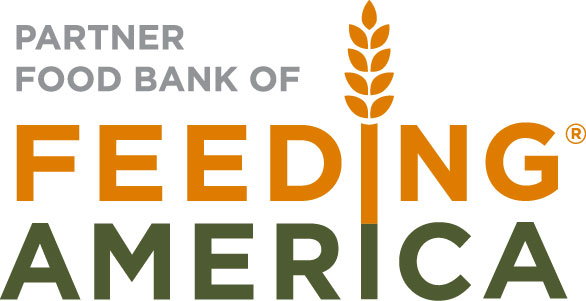
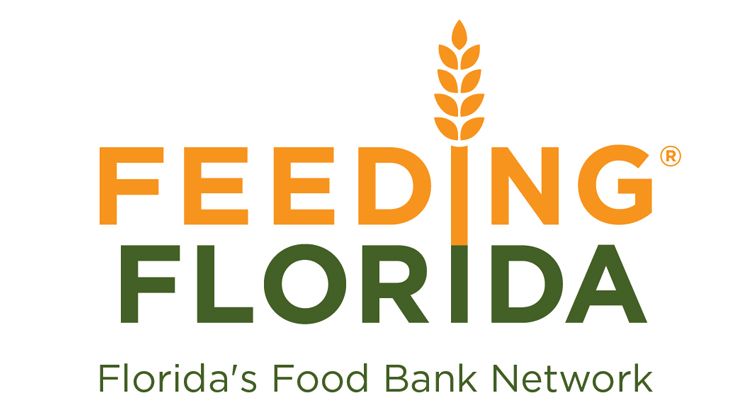
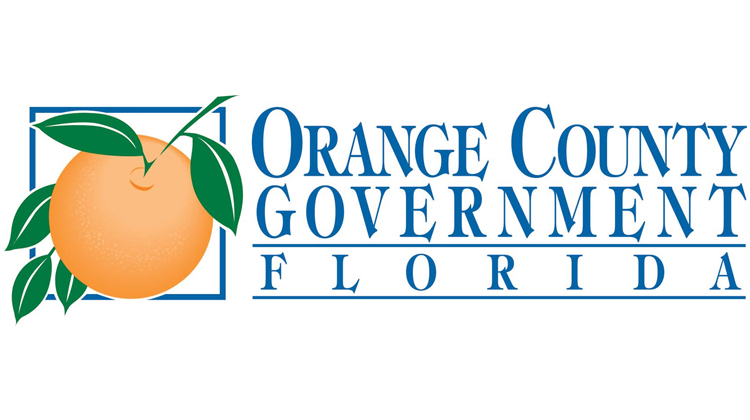
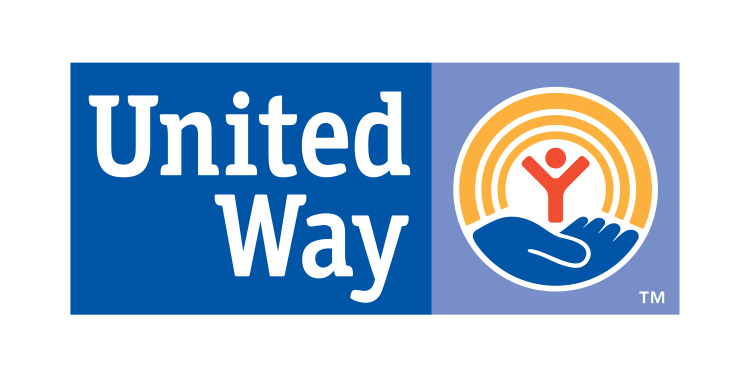

Leave a Reply